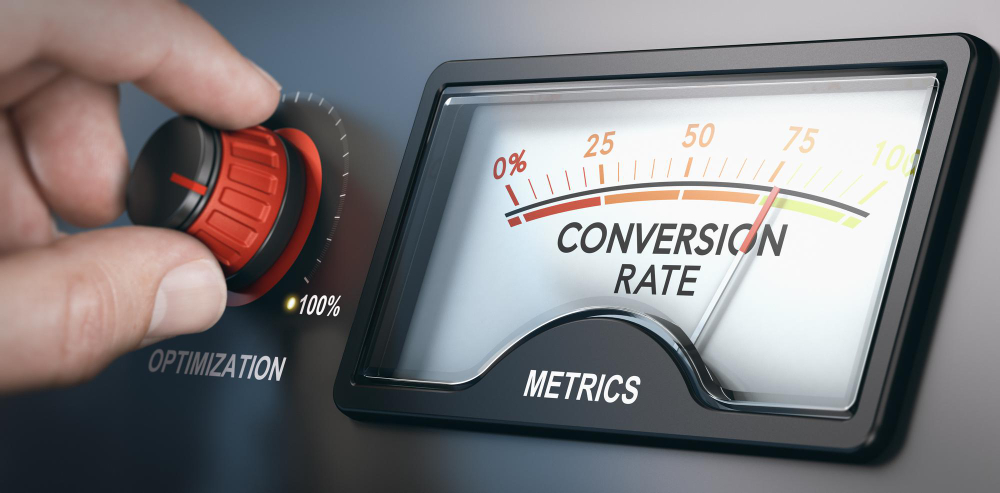Performance marketing is all about measuring and analyzing data to optimize your marketing campaigns. But with so many metrics to track, it can be difficult to determine which ones are truly indicative of success.
We’ll discuss the top 5 key metrics to measure the success of your performance marketing campaign.
Cost per acquisition (CPA)
CPA measures in Performance Marketing for the cost of acquiring a new customer through your marketing campaign. This metric is important because it directly ties the cost of your marketing efforts to revenue generation. A lower CPA means that your marketing campaign is more efficient and cost-effective. To determine the cost-effectiveness of a campaign, the total campaign cost is divided by the number of acquisitions or conversions it generates.
CPA is an important metric because it helps marketers understand the effectiveness of their campaigns and make data-driven decisions about how to allocate their marketing budgets. By optimizing for a lower CPA, marketers can improve their return on investment (ROI) and ultimately drive more revenue for their business.
Return on investment (ROI)
ROI is a measure of the overall profitability of your marketing campaign. It compares the revenue generated from your campaign to the cost of running it. A positive ROI means that your marketing campaign is generating more revenue than it costs, while a negative ROI indicates that your campaign is not profitable. In the context of a performance marketing campaign, ROI can be used to evaluate the effectiveness of the campaign in generating revenue or other desired outcomes.
To calculate ROI, the revenue generated by the campaign is divided by the cost of running the campaign. The result is expressed as a percentage, with higher percentages indicating greater profitability. ROI is a useful tool for marketers because it allows them to measure the success of their campaigns in quantitative terms. By tracking ROI over time, marketers can identify which campaigns are performing well and which ones need improvement. This information can be used to optimize marketing strategies and maximize ROI for future campaigns.
Click-through rate (CTR)
CTR measures the percentage of people who click on your ads or emails, compared to the total number of people who viewed them. When your ads or emails have a high click-through rate (CTR), it means that they are resonating well with your intended audience, and are both captivating and pertinent. On the other hand, if your CTR is low, it may indicate that there’s a need for improvement in the way you communicate your message.
It represents the percentage of clicks on an ad or a link that lead to a desired action, such as a sale, sign-up, or download. A high CTR indicates that the ad is relevant and engaging to the target audience, while a low CTR may suggest that the ad needs to be improved or that the targeting is not effective. CTR is a key performance indicator (KPI) for many digital marketing channels, including search engine advertising, social media advertising, and email marketing. By monitoring and optimizing CTR, marketers can increase the effectiveness and ROI of their campaigns.
Conversion rate
Conversion rate measures the percentage of people who complete a desired action, such as making a purchase or filling out a form, after clicking on your ad or email. A high conversion rate indicates that your marketing campaign is effectively driving action from your target audience.
In the context of performance marketing, the conversion rate is an important metric that indicates the effectiveness of a marketing campaign in terms of driving desired actions. A higher conversion rate indicates that a higher percentage of people who interacted with the marketing campaign ultimately took the desired action, while a lower conversion rate indicates that the campaign may need to be improved or optimized to better resonate with the target audience. By tracking conversion rates, performance marketers can measure the success of their campaigns and make data-driven decisions to improve their performance over time.
Customer lifetime value (CLV)
CLV measures the total amount of revenue a customer is expected to generate over the course of their relationship with your business. This metric is important because it helps you understand the long-term value of your marketing efforts. A high CLV means that your marketing campaign is effectively attracting and retaining valuable customers.
It takes into account the revenue generated by the customer, as well as the cost of acquiring and retaining them. CLV is an important measure of the success of a performance marketing campaign because it allows businesses to calculate the return on investment (ROI) of their marketing efforts. By understanding the CLV of their customers, businesses can optimize their marketing strategies to attract and retain high-value customers, and ensure long-term profitability.
Conclusion
These 5 key metrics are essential to measuring the success of your performance marketing campaign. By tracking these metrics and optimizing your campaigns accordingly, you can ensure that your marketing efforts are generating the maximum ROI and driving long-term growth for your business.











